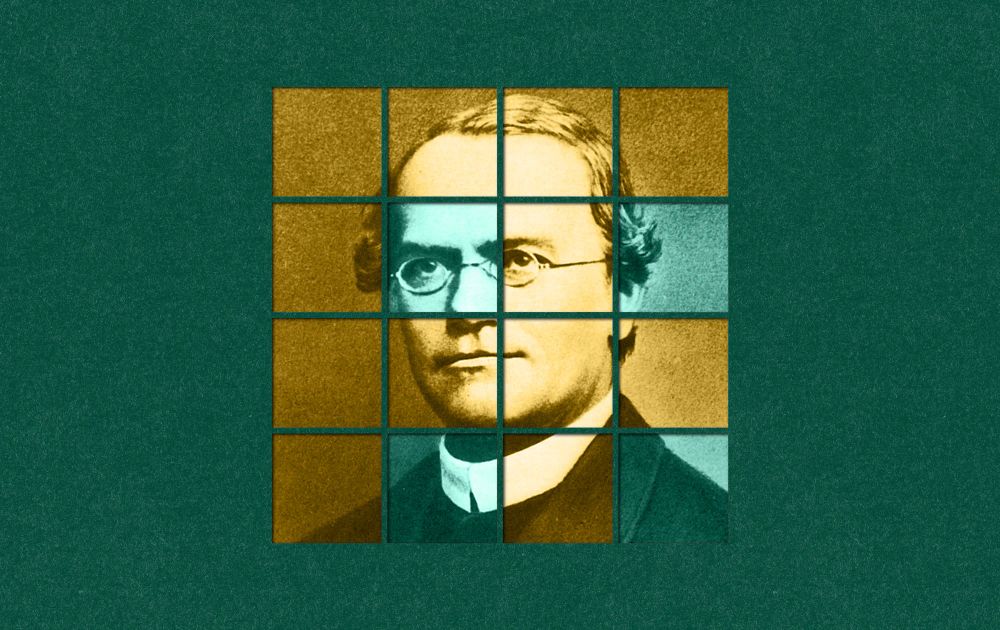
All this, and more, in our article from the archives: "Gregor Mendel's Vanishing Act":
press.asimov.com/articles/me...
@asimovpress.bsky.social
Asimov Press is a publisher focused on the science and technologies that promote flourishing. Pitch: editors@asimov.com // Part of Asimov. Supported by Astera Institute and Stripe.

All this, and more, in our article from the archives: "Gregor Mendel's Vanishing Act":
press.asimov.com/articles/me...
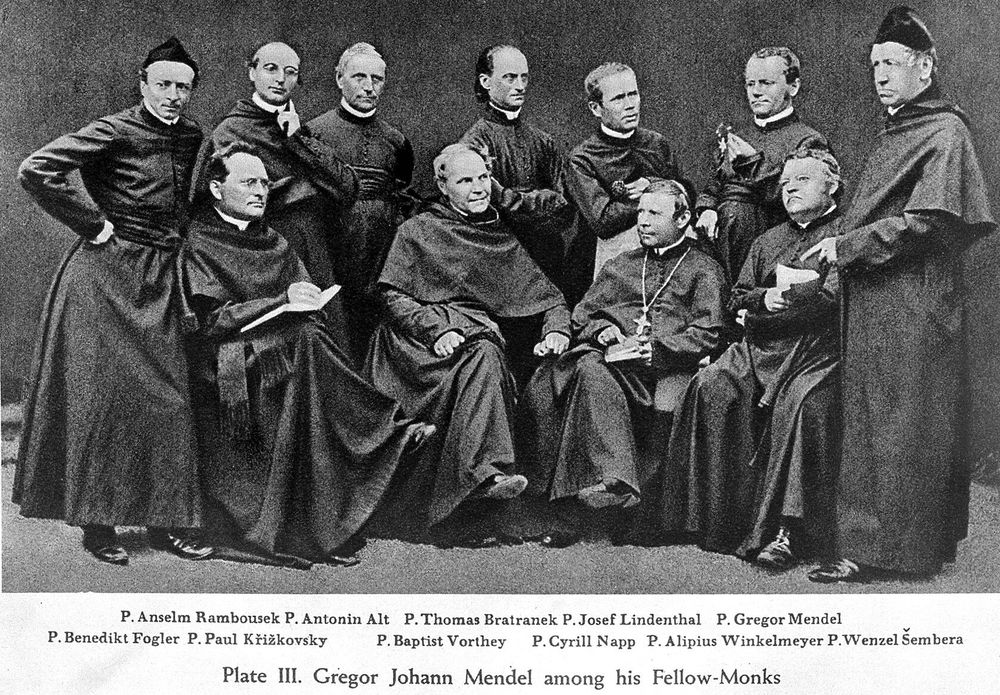
Some fun facts about Gregor Mendel:
1. He smoked 20 cigars a day.
2. He bred more than 10,000 plants to make his genetics discoveries.
3. In his obituary, he was mostly remembered as a great beekeeper.
4. Most of his papers were burned after his death.
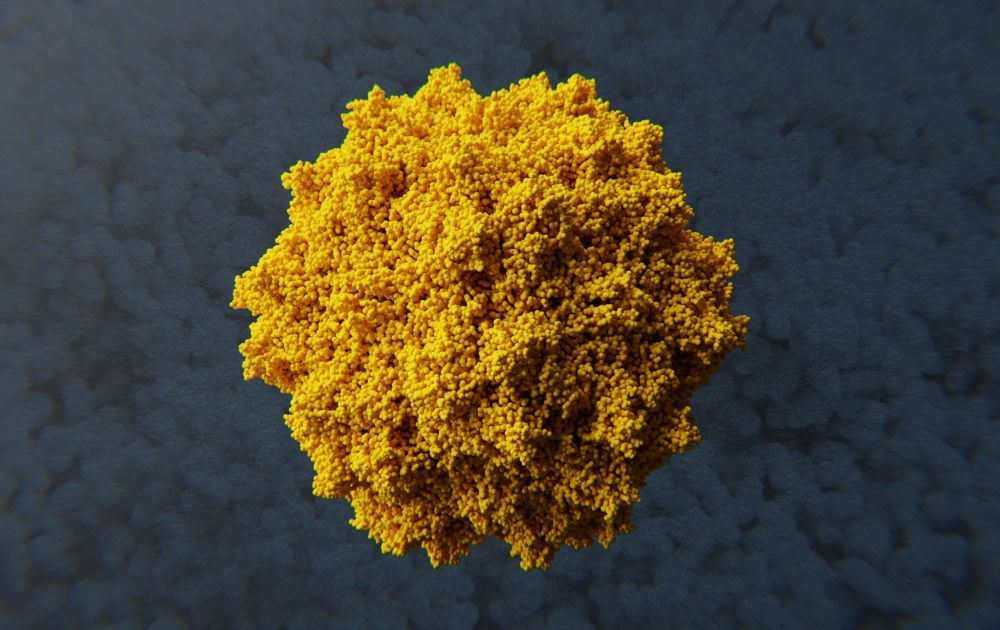
Read it here. And the article includes a downloadable poster!
press.asimov.com/articles/ge...
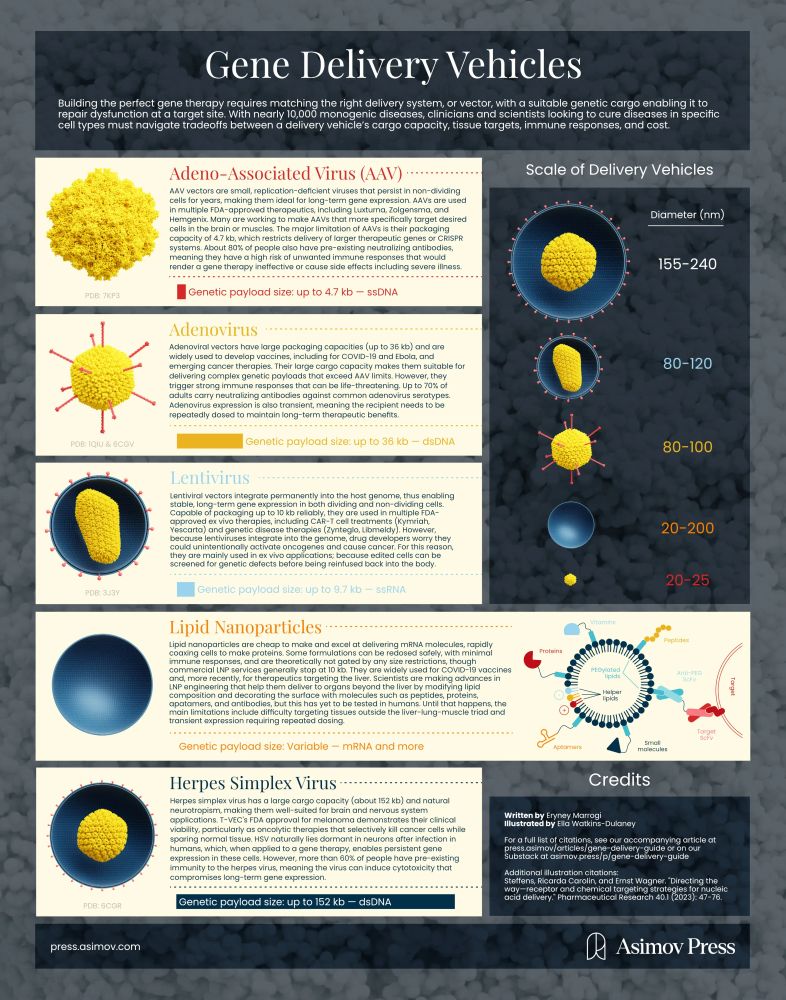
A VISUAL GUIDE TO GENE DELIVERY
There are at least 10,000 known monogenic diseases. Many scientists are trying to build gene therapies to cure some of them. Learn about tradeoffs between the various delivery options—from AAV to LNPs to Herpes Virus—in our latest article.
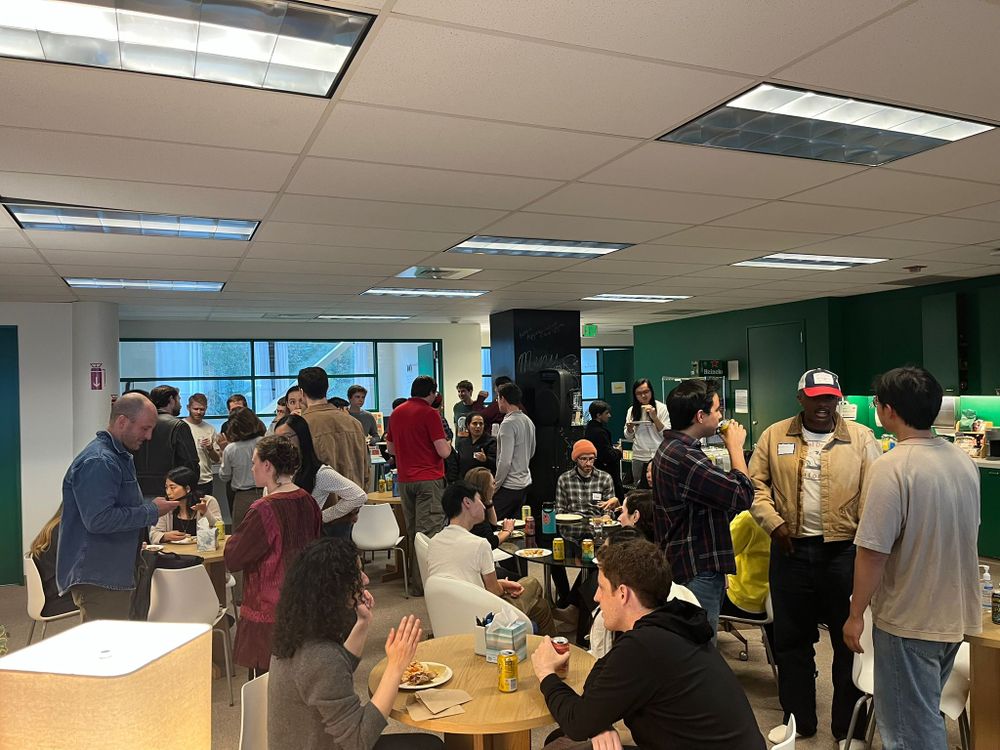
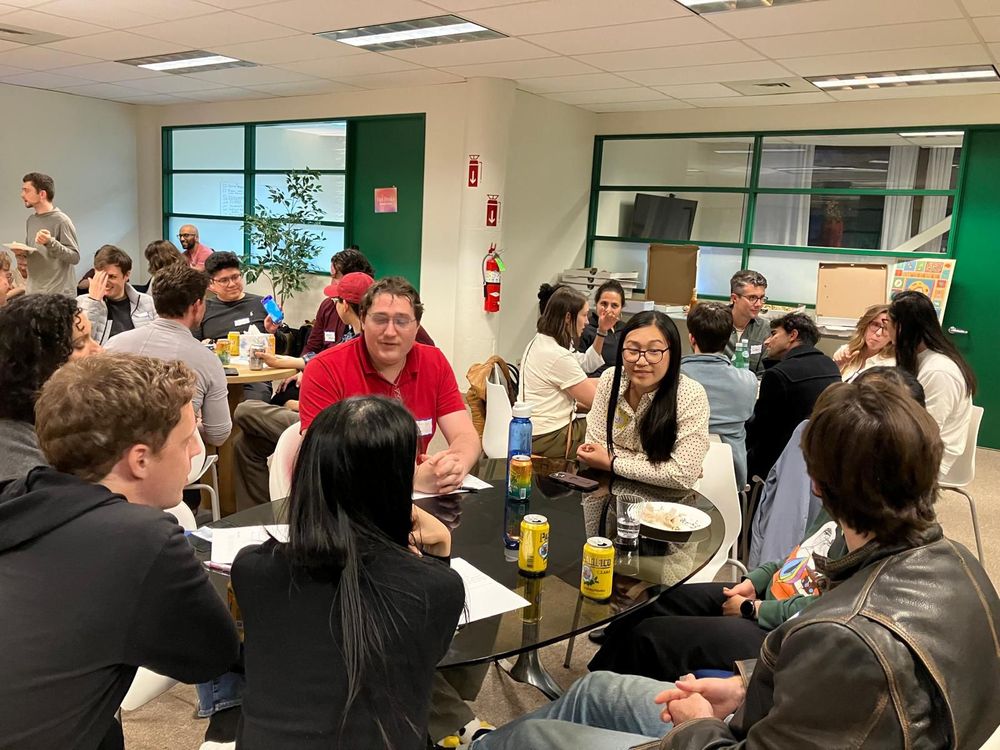
Our Issue 07 launch party in San Francisco was a smashing success. 🏏
Thanks to everyone who came and played Biology Trivia. Winning teams got copies of our DNA books, hats, and posters. It was a really fun time!
See you in the fall, in Boston, for the next one. :)
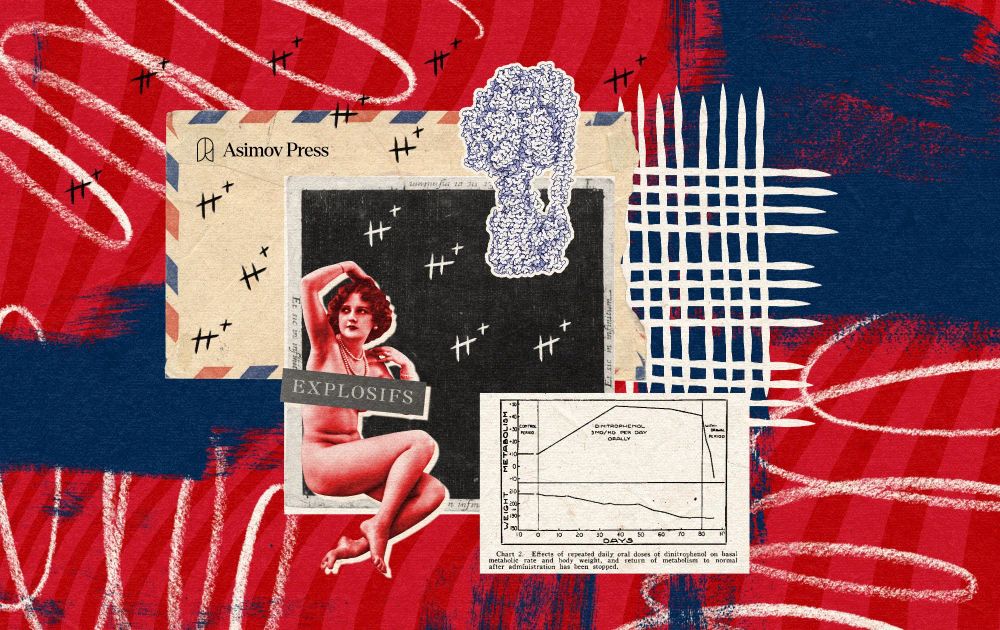
Read it here: press.asimov.com/articles/fi...
20.07.2025 18:38 — 👍 1 🔁 0 💬 0 📌 0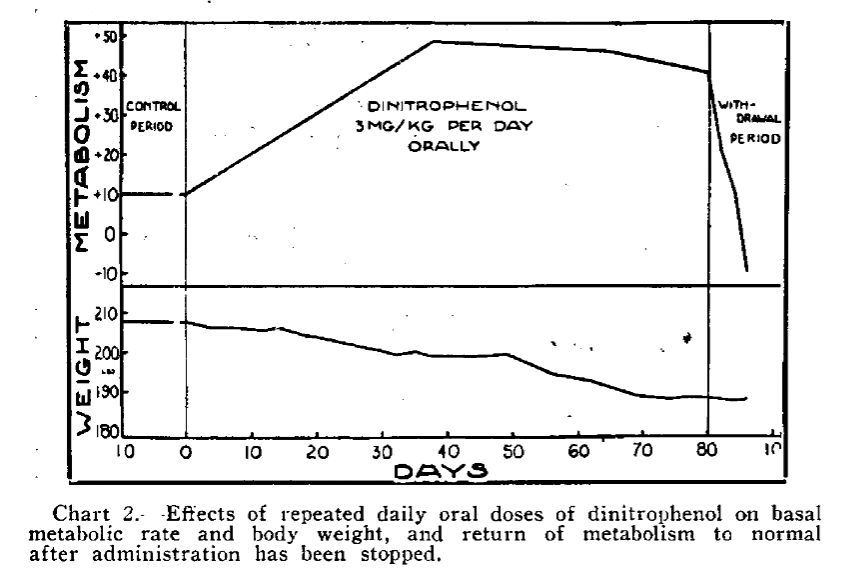
In 1931, Stanford doctors tested whether DNP—an explosive chemical used during WWI—could help people lose weight.
Daily DNP administration led to a 40% increase in metabolic rate. Patients lost 0.9 kg per week on average; comparable to Ozempic.
From our latest article.🔻
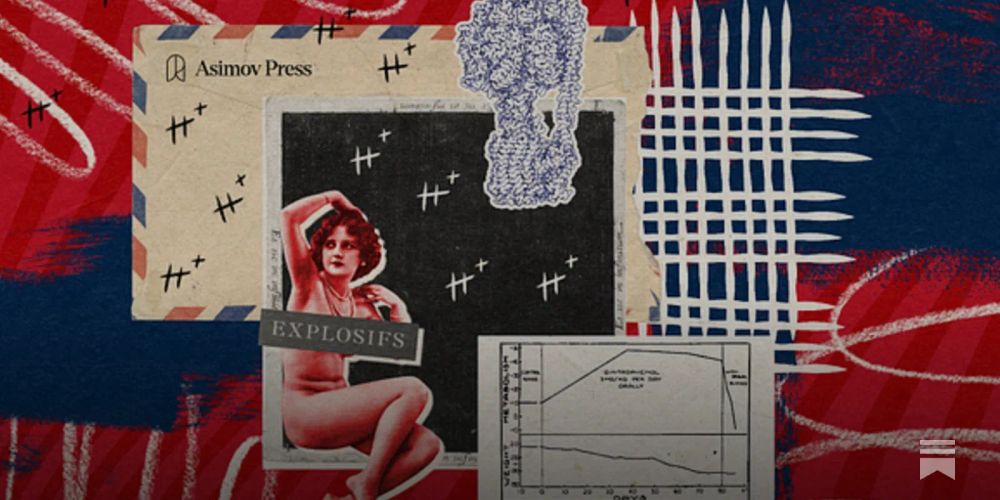
Read the essay: www.asimov.press/p/first-wei...
17.07.2025 16:04 — 👍 0 🔁 0 💬 0 📌 0
French munitions workers during WW1 mysteriously began losing weight. One of their explosive chemicals, called DNP, caused it.
This became one of the first effective weight-loss drugs. But a newly-established FDA banned it for safety reasons in the late 1930s.
By Alex Telford.
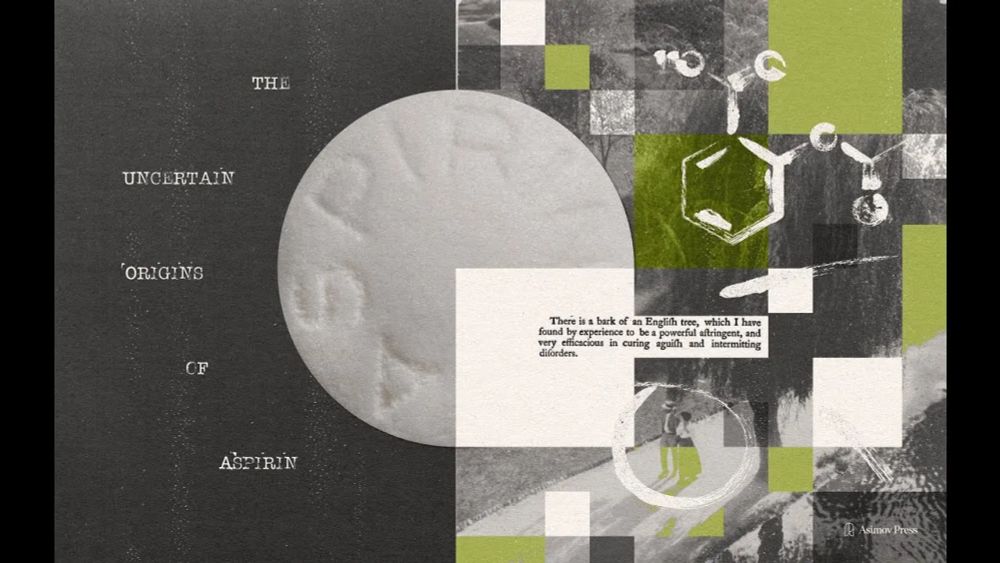
Full article by Sean Harrison: www.asimov.press/p/aspirin
Interview with the author: www.youtube.com/watch?v=W1r...
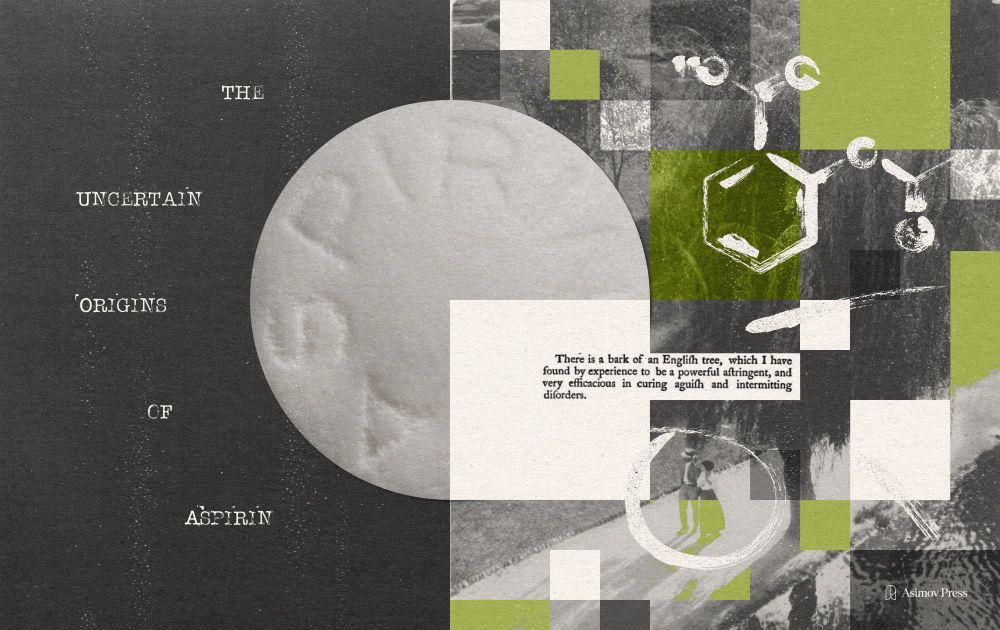
Uncertain Origins of Aspirin 💊
It's hard to know where this incredible pain reliever actually came from.
Willow bark tea? Hippocrates? Or John Reverend Stone? The trail is littered with bad record keeping and obscure translations.
Our latest explains what we know for sure.🔻
Article: www.asimov.press/p/issue-07
RSVP: partiful.com/e/pQ4LdKlXR...
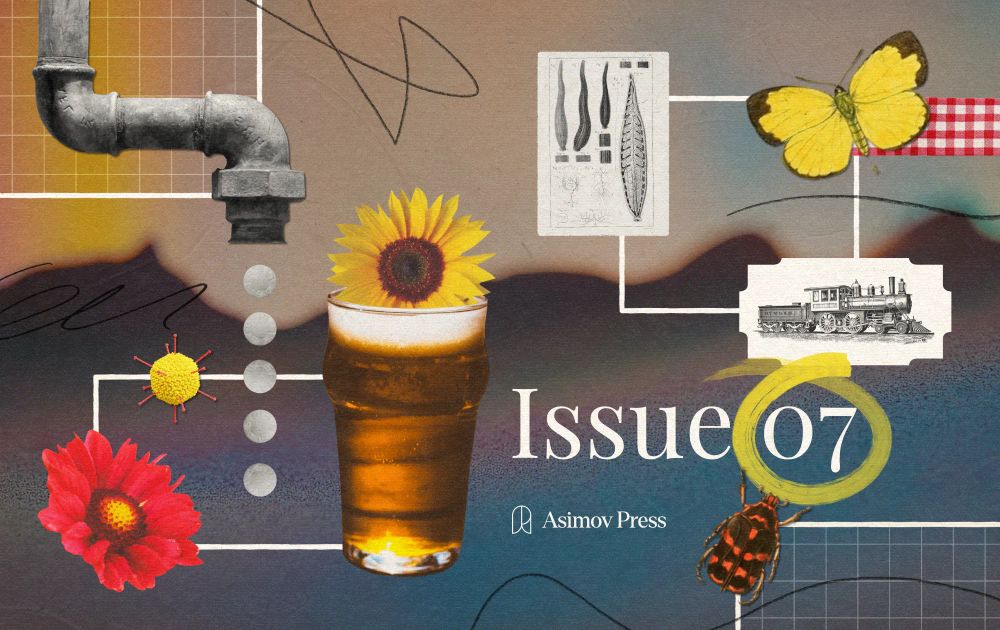
Issue 07 is coming on Monday. It features essays on aspirin's uncertain origins, how to scale proteomics, the first weight-loss drugs, and more.
Also, we dropped new merch to celebrate and we're hosting a BIOLOGY TRIVIA NIGHT on July 23 in San Francisco. RSVP at the link below.
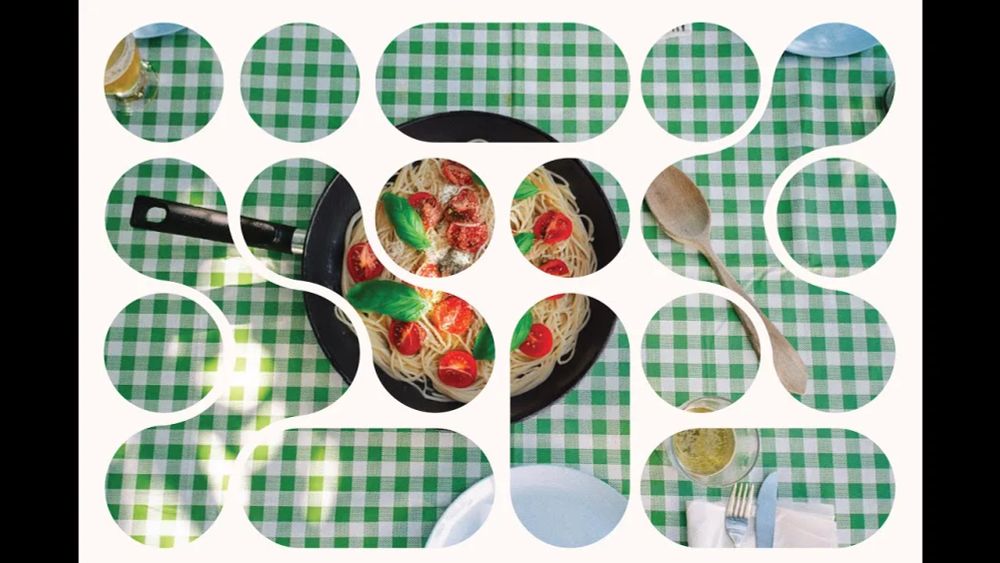
Read about it here: press.asimov.com/articles/fo...
Behind-the-Scenes interview on YouTube: www.youtube.com/watch?v=6LC...

Last October, we published a sci-fi story about a future restaurant in San Francisco that serves diners cultured meats, sonic-aged drinks, and exotic GMO fruits.
In April, we brought it to life.
We opened a pop-up restaurant and served diners a futuristic meal from 2055. 🔻
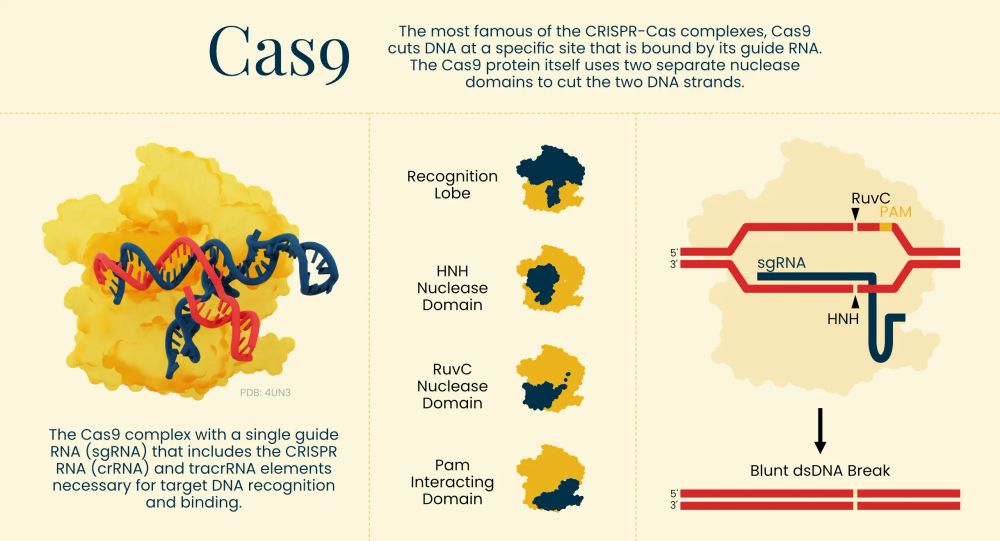
This was written by @evandeturk. All the illustrations were made by @EllaWD_PhD.
Read & subscribe: press.asimov.com/articles/cr...

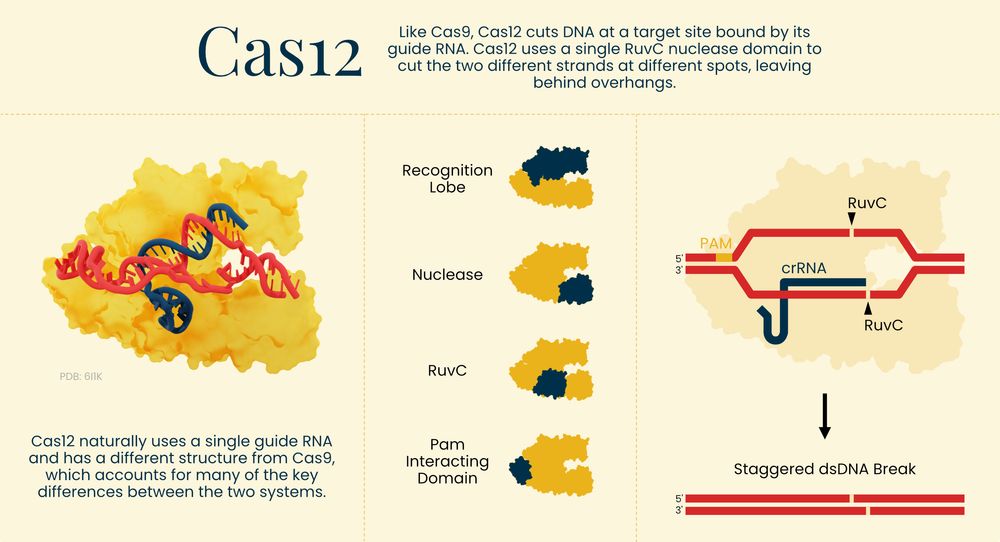
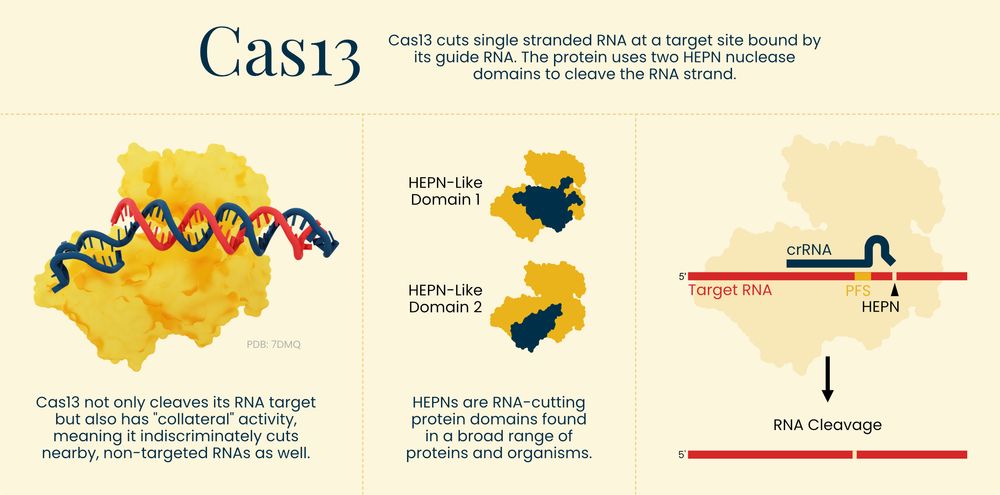

We've been working on this resource for months: A VISUAL GUIDE TO GENOME EDITORS.
Learn how tools like Cas9, Cas13, prime editors, and Bridge editors work - with diagrams!
We hope this becomes a valuable resource for the biology community and students.
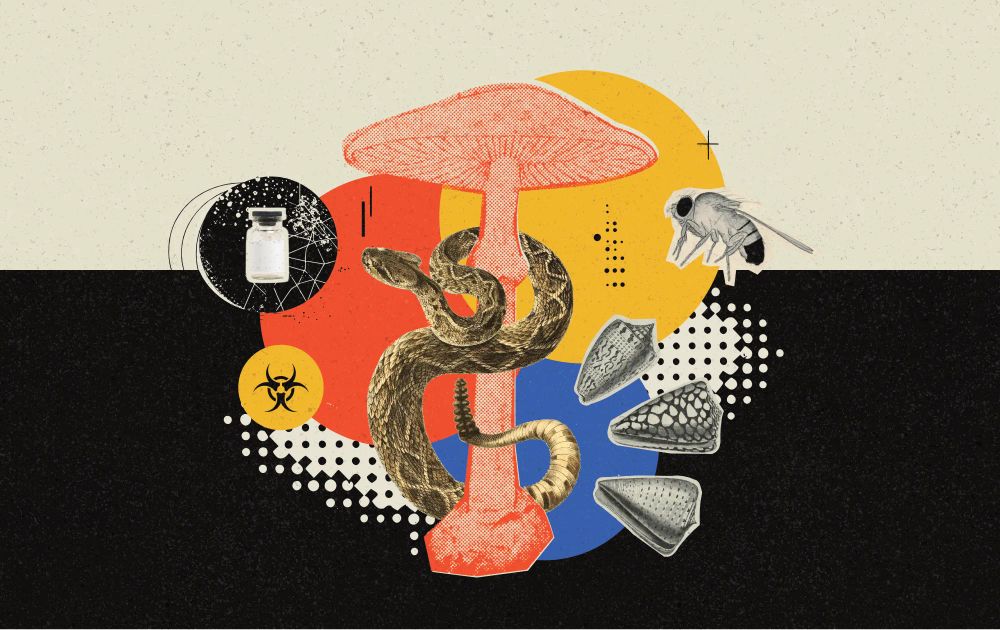
Written by Noah K. Whiteman, author of the book "Most Delicious Poison."
Read & subscribe here: press.asimov.com/articles/to...

Nature is a pharmaceutical innovator.
Ziconotide, derived from cone snail venom, treats chronic pain better than opioids. Alpha amanitin, a deadly mushroom toxin, is being used as a targeted cancer therapy.
More examples abound. Our latest: TOXIC PROTEINS FOR DRUG DISCOVERY.🔻
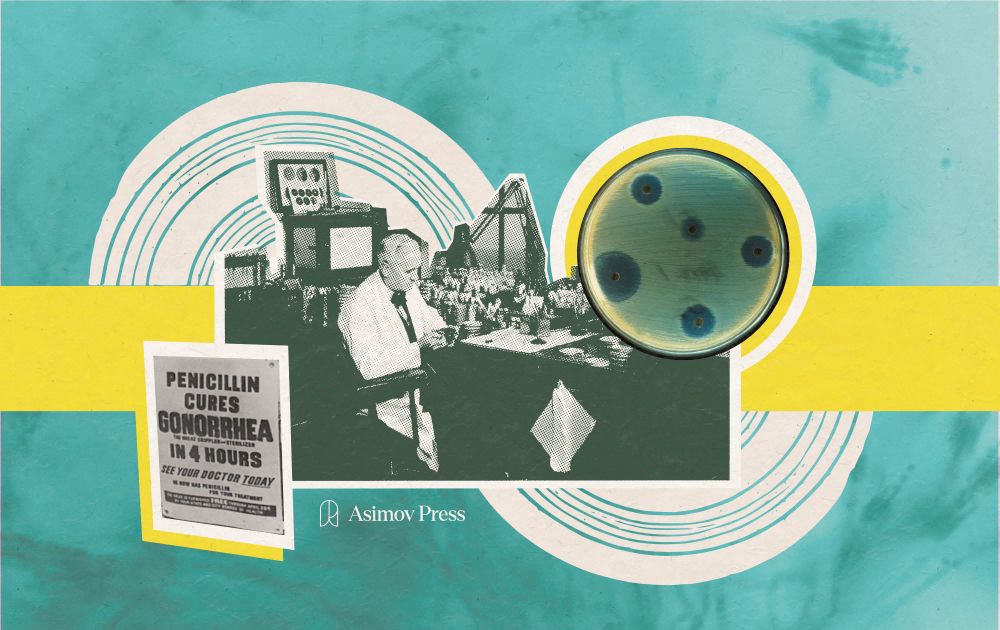
Written by @kevinsblake.
Read & subscribe: press.asimov.com/articles/re...
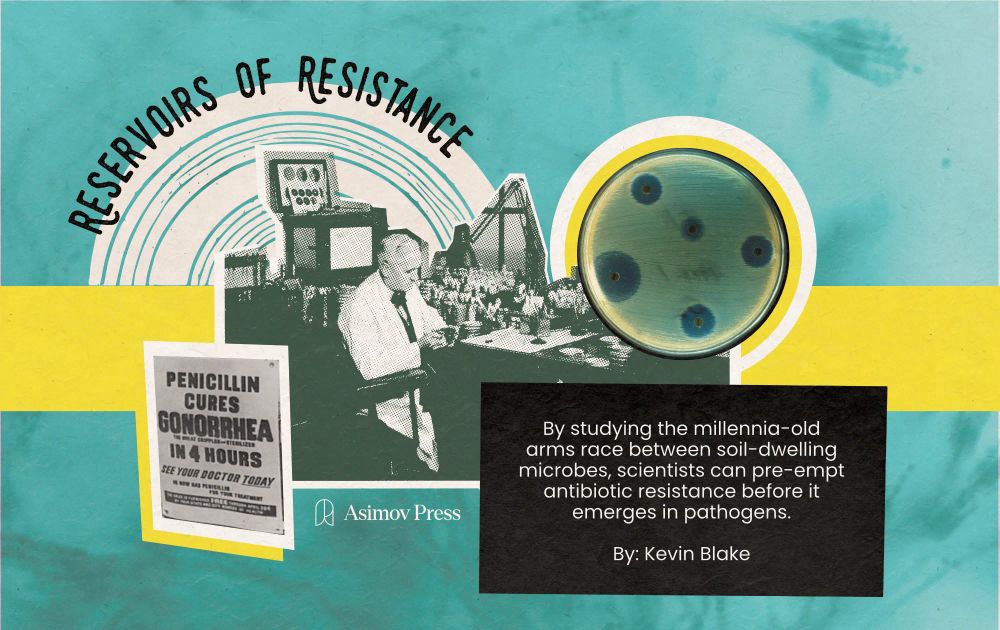
Beneath your feet, billions of soil bacteria harbor antibiotic resistance genes that can leap into pathogens.
Scientists today are studying these environmental samples to predict—and hopefully prevent—the next wave of antibiotic resistance.
Column: RESERVOIRS OF RESISTANCE 🔻
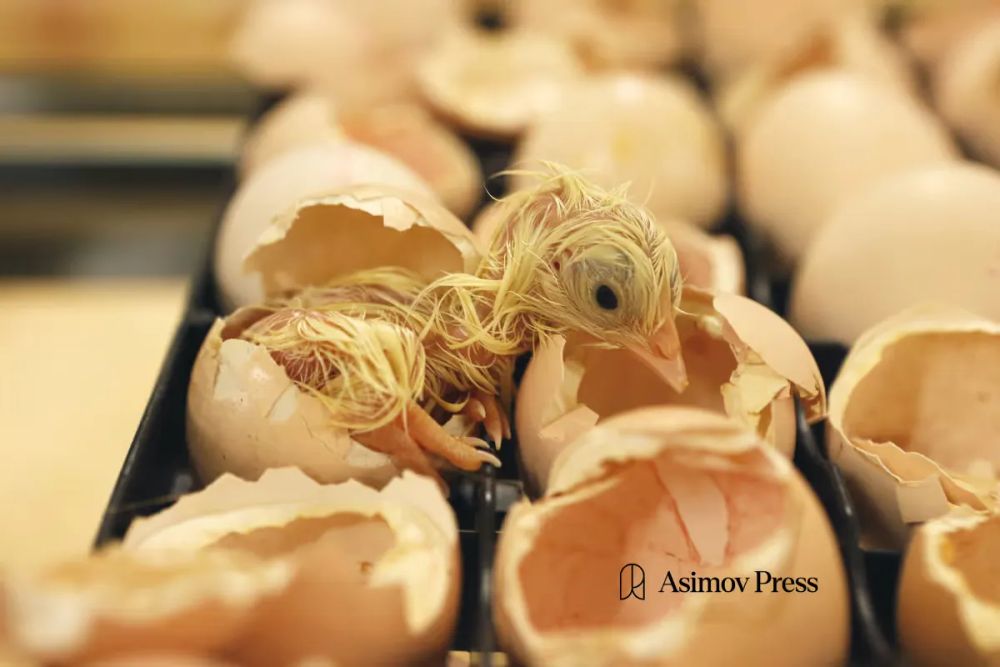
Read it here:
press.asimov.com/articles/be...
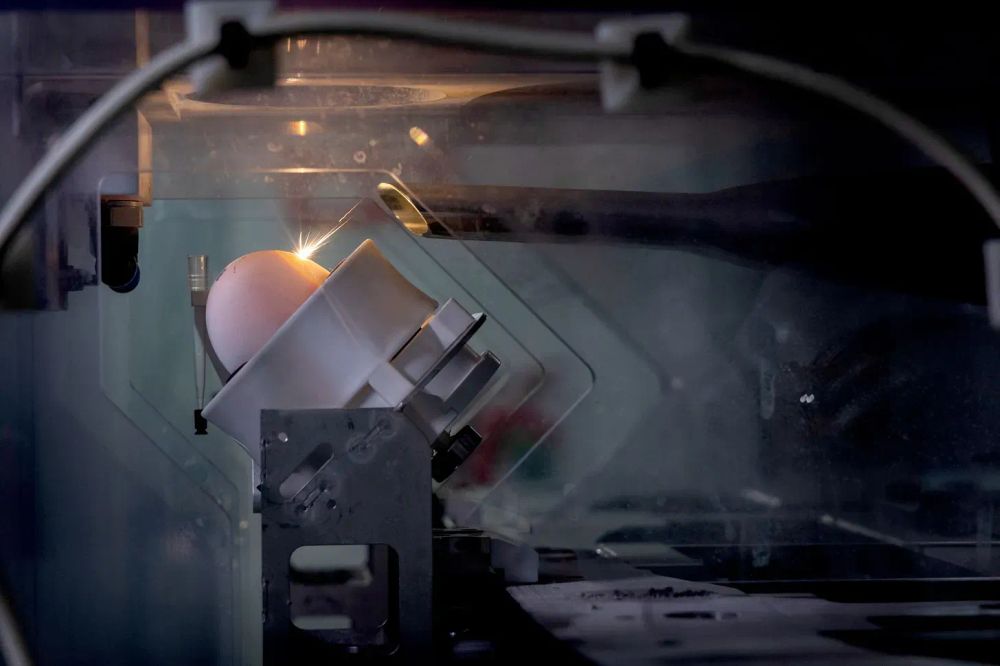
Every year, billions of newborn chicks are killed, simply because they're male and not of use to the egg industry.
New technologies enable in ovo sexing; it's now possible to figure out a chick's sex before it hatches, and destroy the egg.
Our deep dive: "Before They Hatch." 🔻
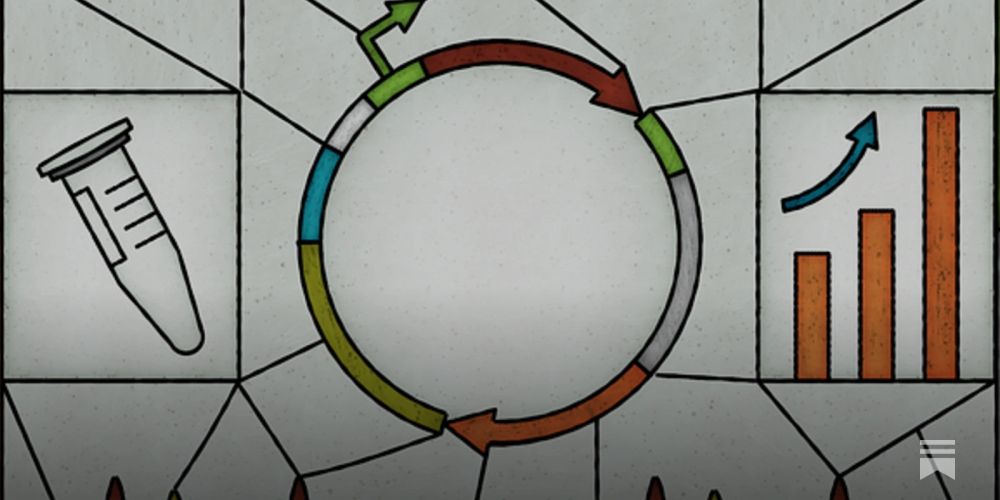
Read it here and subscribe: www.asimov.press/p/fast-feed...
14.04.2025 14:09 — 👍 1 🔁 0 💬 0 📌 0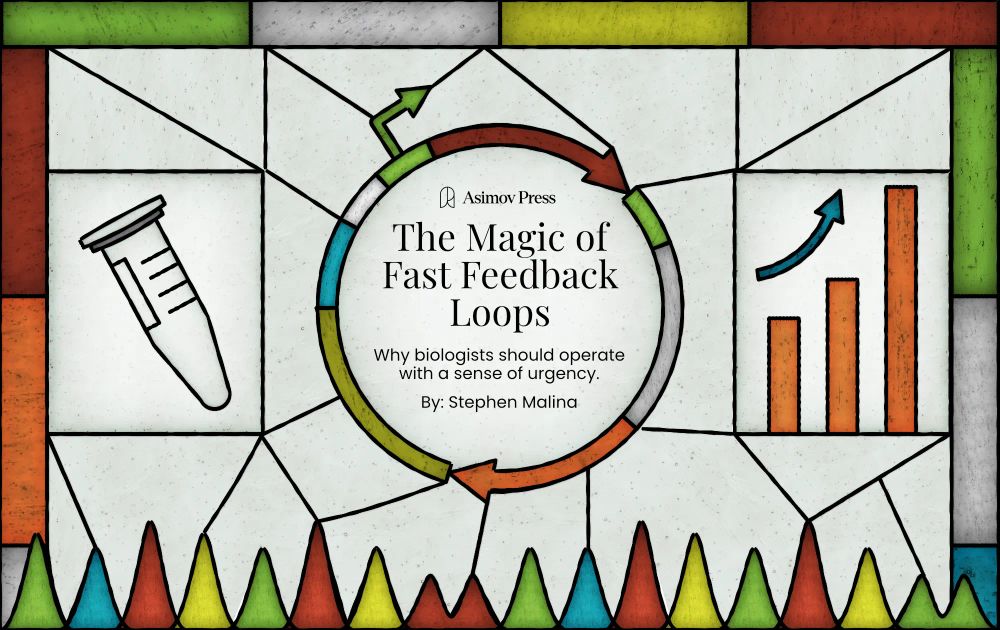
Progress in biology is too slow. Even simple experiments often take several days of work to complete.
Software, by contrast, compiles in seconds. It's what makes programming "flow-inducing."
We need faster feedback loops in biology. Our latest article explains where to start🔻
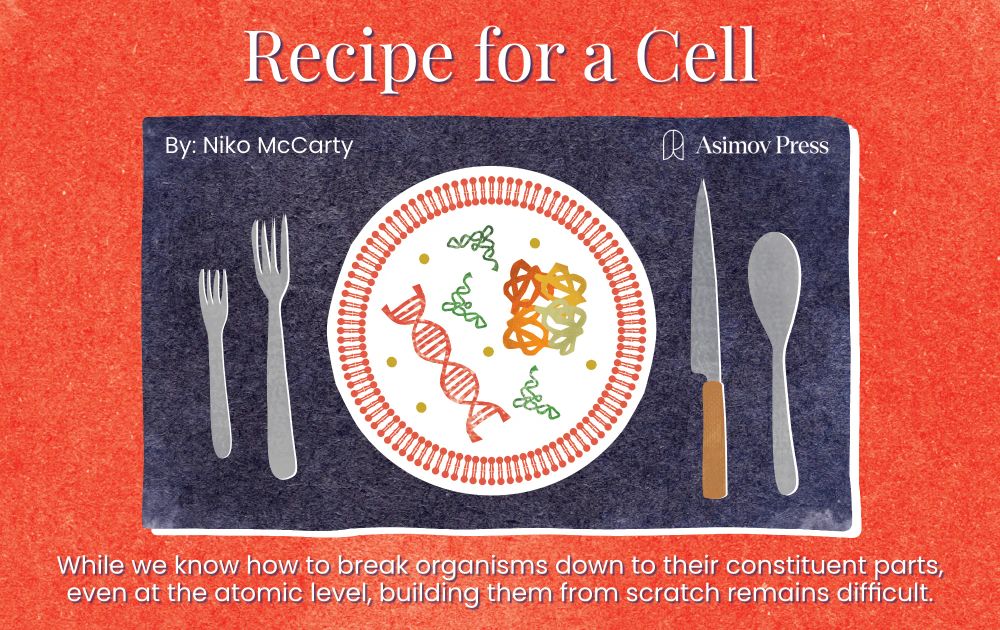
A single E. coli is 70 percent water. The other 30 percent is mostly proteins. A single type, called Lpp, accounts for ~1/3 of all proteins in a cell.
It takes less energy to build a cell than it takes to lift an apple from the ground to a height of one meter.
New post by me🔻
You can order here: asimovpress.myshopify.com
09.04.2025 13:13 — 👍 1 🔁 0 💬 0 📌 0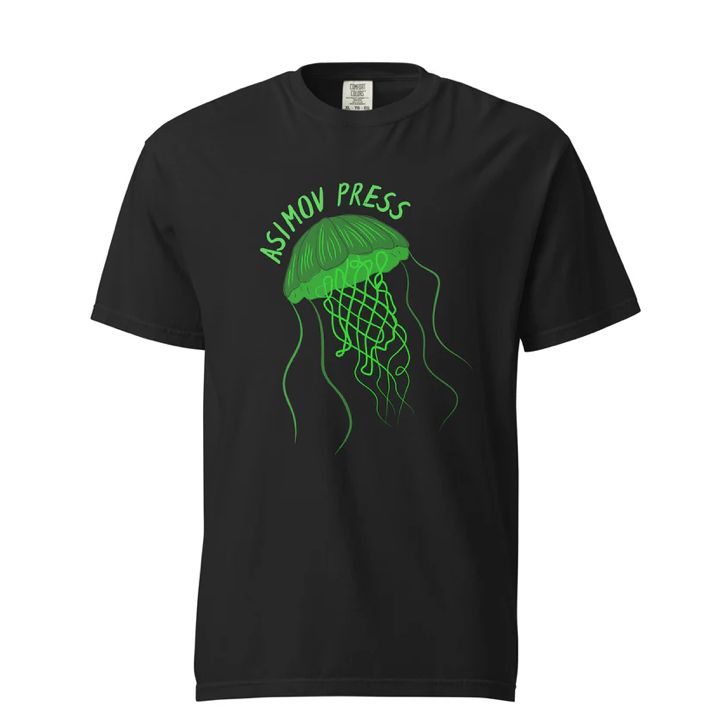

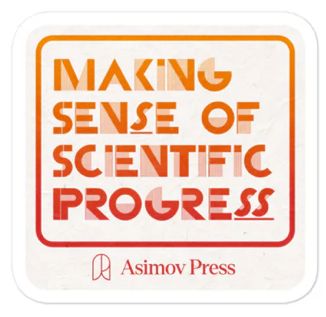
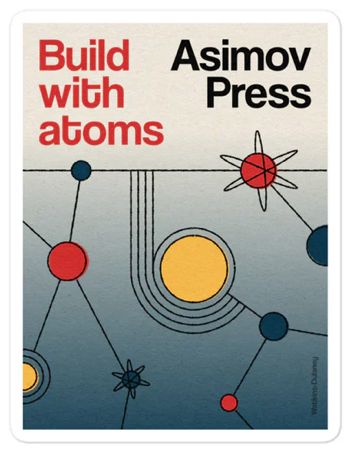
Yes, we finally have a merch store 😎
Two high-quality t-shirts, a sweater, and many stickers to choose from. All custom-designed by Iris Fung & Ella Watkins-Dulaney (human artists.) We'll add more products monthly!
Oh, and we're shipping internationally. Check it out 🔻

Read our latest article, an op-ed by Eryney Marrogi and Theo Sternlieb, online. And subscribe!
press.asimov.com/articles/pr...
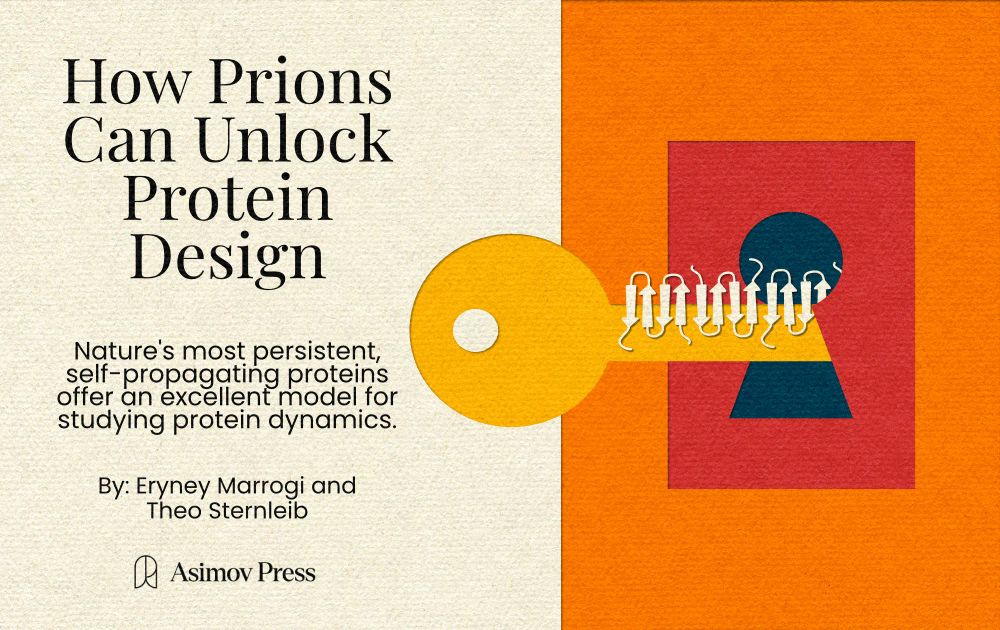
Proteins are more liquid than solid; they bend and twist incessantly.
But AI tools to design new proteins are often unable to replicate this dynamism, in part because methods to study proteins capture static snapshots.
Deadly proteins, called prions, may help solve the problem.